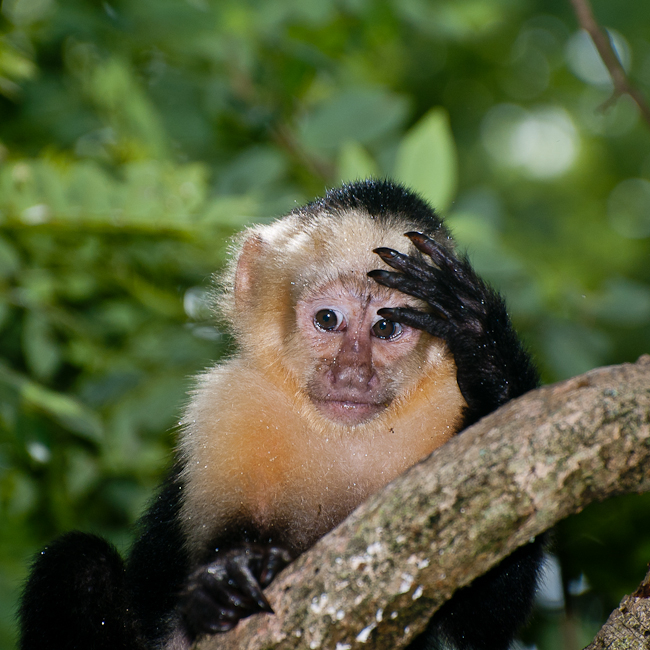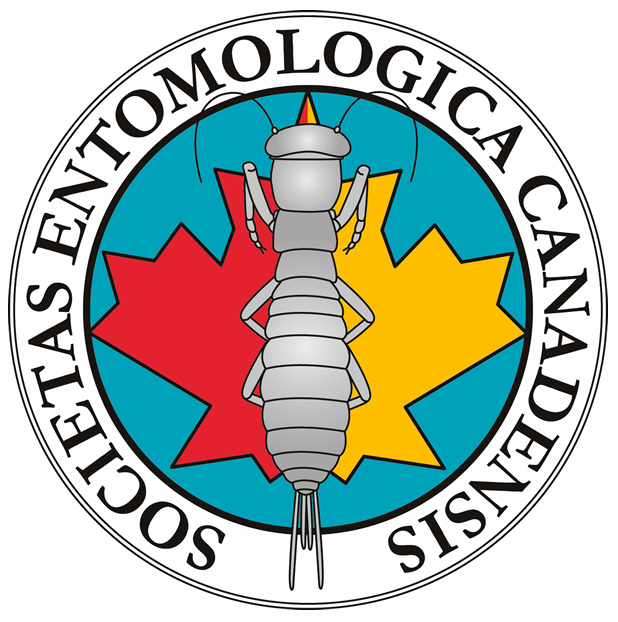This morning I was reading a newly published paper that I found intriguing, not only for its content1 but also for who it cited — sort of.
Among the regular cadre of peer-reviewed journal articles supporting the author’s findings were two blog posts by University of Glasgow professor Roderic Page. Rod is a major proponent for digitizing and linking biodiversity literature with all aspects of a species’ pixel-trail across the internet, so I was excited to see his blog being “formally” recognized. As I finished reading the paper and reached the References section, I skimmed through to see how a blog citation might be formatted. Much to my dismay, after breezing through the L’s, M’s, and N’s I found myself within the R’s, with nary a Page in sight.
Despite having directly referenced Rod’s work on three separate occasions, the authors failed to formally acknowledge his contributions to the field. I may still be a little wet behind the ears in this whole academic publishing game, but I suspect that if someone didn’t properly cite a Nature paper, they’d be quickly reprimanded by the editor of the journal they submitted to and be told to include the citation or face rejection.
I’ve been thinking about this situation all day, and I can’t come up with a reason why the author’s didn’t include a proper citation, other than the continuing bias against blogging (and social media in general) among the scientific community. Certainly there are those in the scientific community who realize the potential of social media and blogging in science2, but in large part it seems the message is being ignored because of prejudices regarding the medium in which it’s published.
But why do scientists have such a hard time accepting blogging & social media as valid outlets? It can’t be because of the holy peer-review process, as Bora Zivkovic3 elegantly points out:
“One of the usual reasons given for not citing blog posts is that they are not peer-reviewed. Which is not true. First, if the post contained errors, readers would point them out in the comments. That is the first layer of peer review. Then, the authors of the manuscript found and read a blog post, evaluated its accuracy and relevance and CHOSE to use it as a reference. That is the second layer of peer-review. Then, the people who review the manuscript will also check the references and, if there is a problem with the cited blog post, they will point this out to the editor. This is the third layer of peer-review. How much more peer-review can one ask for?”
There’s also plenty of evidence that the content being produced by today’s bloggers, tweeters and G-plussers is slowly earning the attention of the academic community. Kate Clancy, a tenure-track anthropologist who blogs at Context and Variation, had someone skim one of her blog posts and intellectually plagiarize her ideas by publishing them in a traditional journal, further evidence that “attention” doesn’t necessarily mean “respect”. Just this week Eric Michael Johnson, a science history PhD student, wrote an incredible article summarizing the arguments between kin vs group selectionists and published it on his blog, The Primate Diaries; it has since been recommended by E.O. Wilson himself, via his Facebook fanpage no less! And of course there’s Rod’s work which was included in the paper in question, even if it was improperly cited, and which started this entire digression.
So if the quality of content published on blogs is of interest, well supported and being recognized by our peers, why do we still see this disconnect between traditional literature and social media when it comes to proper credit? I think the social media movement4 is so new, seemingly free of traditional rules & roles and so quickly evolving that many academics have yet to take the time to explore its potential before dismissing it as a waste of time best reserved for celebrities and teenagers. Frankly, with the ever increasing pressure to publish, find funding and shoulder more responsibilities within academic circles, I can’t say I totally blame them. But just like those in academia have (mostly) accepted and embraced other technologies, I’m confident that social media, including blogging, will find its place among the scientific community and will revolutionize the ways we go about doing, discussing and disseminating scientific research. Certainly it will be an uphill battle for those who aspire to change the way this new technology is perceived and credited within the academic community, but ultimately I think it’s in all our best interest to push the boundaries!
Perhaps Rod Page summarized this entire post in a single tweet:
.@bioinfocus I suspect because blogs don’t fit into the “normal” landscape of publishing – yet
— Roderic Page (@rdmpage) July 10, 2012
———————-
1- Which I won’t comment on here for a variety of paranoid political reasons, but I would still highly recommend you read the paper.
2- I’m talking about you, the people (person?) who took the time to read this blog post; thank you!
3- Nicknamed The Blogfather among the ScienceOnline community, he also appears to have the distinction of having the first blog post cited by a technical scientific article. Fitting.
4- Which is exactly how I see it. Much like the cladistic wars of the 1980s and the Darwinian debate 100 years before that, it’s only a matter of time until social media is embraced by the scientific & academic communities.




